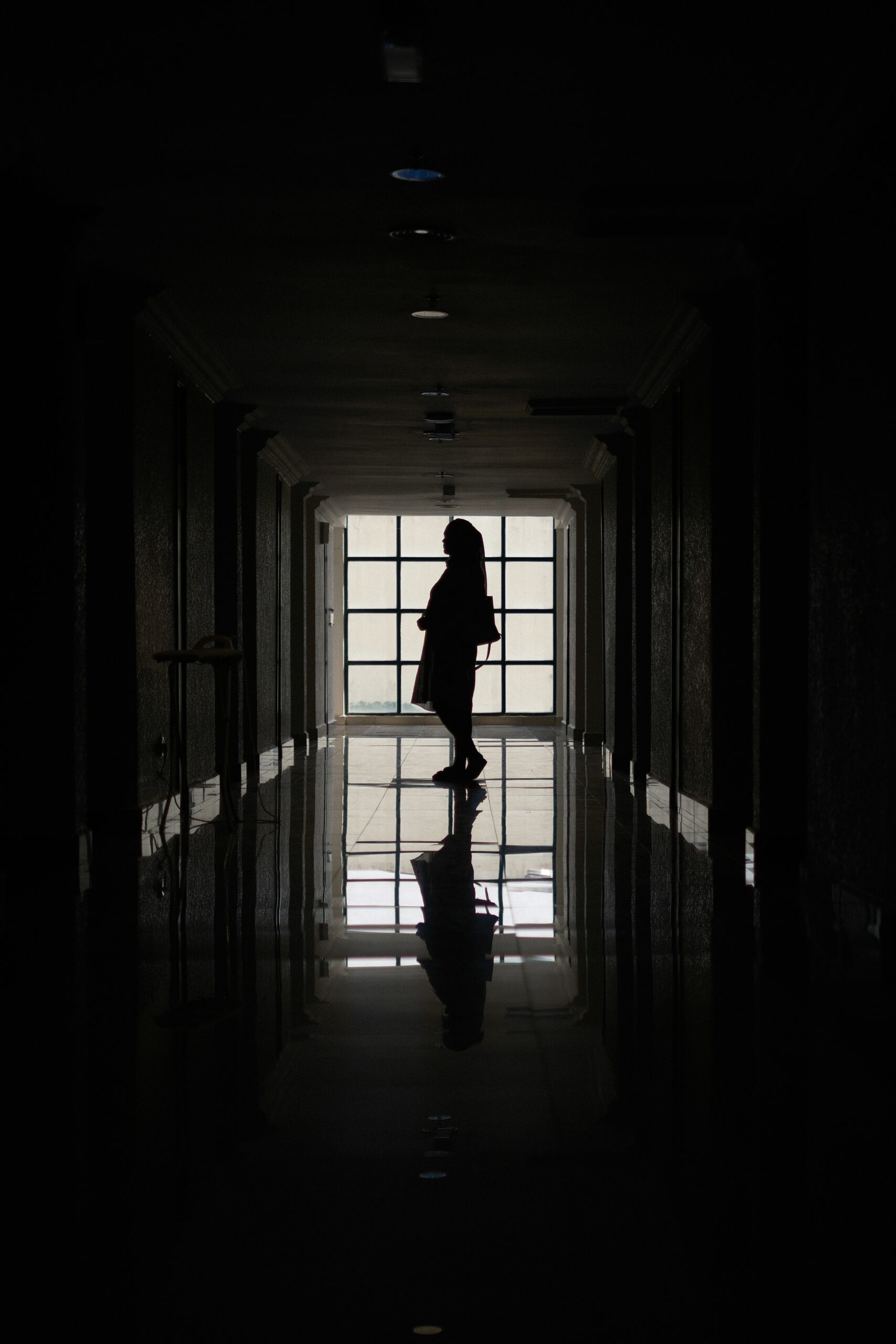Authored by Anne Cynamon, Vice President (VP) of Higher Education – USA, CriticalArc
Sexual assault and sexual harassment (SASH) are not isolated incidents confined to specific sectors or communities. They represent a widespread crisis that touches every corner of society, from workplaces and universities to public spaces. This issue is deeply personal for so many of us. It’s about the safety of our friends, our families, and ourselves. If you’ve ever felt unsafe at work, on campus, or walking home in your neighborhood, you’re far from alone.
When we talk about workplace safety, campus safety, and personal safety, we must acknowledge their intersection with the pressing need for structural and cultural change. These aren’t just buzzwords; they symbolize an urgent call for action to create environments where everyone feels protected and empowered.
The Scale of the Crisis
The statistics surrounding sexual assault and harassment are staggering. They tell a story of systemic failures across higher education, healthcare, and workplaces, underscoring the need for urgent and comprehensive solutions.
Universities: Approximately 13% of all students experience sexual violence involving physical force, violence, or incapacitation. Among undergraduate females, 26.4% report such experiences.
Underreporting: Only 20% of female students who experience sexual violence report it to the authorities, largely due to fear of reprisal or mistrust in the system.
Healthcare: More than 55% of new doctors face sexual harassment during their first year in the field, with 73% of female doctors reporting incidents. This indicates pervasive gender-based harassment at the very start of medical careers, compromising their well-being and sense of safety.
Nurses: An alarming 1 in 4 nurses report experiencing workplace violence, a rate higher than even police and correctional officers. These incidents not only endanger their safety but also highlight the urgent need for staff duress solutions in one of the most critical caregiving professions.
Workplace Harassment Overall: Nearly 1 in 5 employees in the UK are aware of harassment incidents, yet one-third do not report them. Employers must do more to foster a culture of safety and accountability, including implementing a comprehensive working alone safety policy.
These statistics reveal that no sector is immune. Whether it’s harassment during medical training or violent incidents in hospitals, the crisis pervades even industries dedicated to care and healing. When those who dedicate their lives to helping others are unsafe in their workplaces, it becomes a poignant reminder of just how ingrained the issue is.
Healthcare Industry in the Crosshairs
For those in healthcare, the situation is particularly grim. With 73% of female doctors encountering sexual harassment in their intern year, the medical field proves to be an uphill battle for gender equity and personal safety. These early career experiences often have long-lasting effects, contributing to burnout, attrition, and a lack of trust in institutional protection.
Meanwhile, 1 in 4 nurses report workplace violence, which occurs at a disproportionate rate compared to other high-risk professions like law enforcement. This statistic reveals a severe lack of safeguards and support across hospitals and clinics. Nurses, who are often on the front lines of patient care, deserve environments where their own safety is prioritized just as much as the well-being of those they treat.
Without effective violence prevention protocols, real-time location system healthcare tools, and enforcement of zero-tolerance policies, healthcare workers are left to shoulder the burden of both caregiving and personal vigilance. It is unacceptable that those who dedicate their lives to saving others must constantly fear for their own safety.

Universities Facing a Hidden Crisis
Many view universities as bastions of higher education and progressive thought. Yet, they are far from immune to the systemic challenges of SASH. Survivors often struggle to report incidents, fearing inaction or retaliation, while perpetrators in positions of power escape accountability.
Institutions must take urgent steps to address campus safety and foster accountability. Real-time tools like SafeZone, the leading duress assist alert system, can provide immediate access to security, wellbeing resources, and reporting mechanisms. This is critical for creating an environment where victims feel empowered to speak up and seek justice.
A Crisis of Trust and Accountability
Whether a student sitting in a lecture hall, a nurse working a night shift, or a new resident learning the ropes in a hospital, the truth is clear across the board. Far too many people are navigating environments where their safety is compromised, their voices are silenced, and perpetrators escape accountability.
The evidence is clear. Survivors need systems that prioritize their safety, value their experiences, and hold offenders responsible. It’s time to demand more—from universities, healthcare institutions, and every sector plagued by the societal failure to address SASH.
The road forward requires courage and collective action to ensure no one has to endure these challenges alone. What can you do today to become part of the solution? It starts with recognizing the scale of the crisis, amplifying voices of change, and fighting for safe and equitable spaces for everyone.

